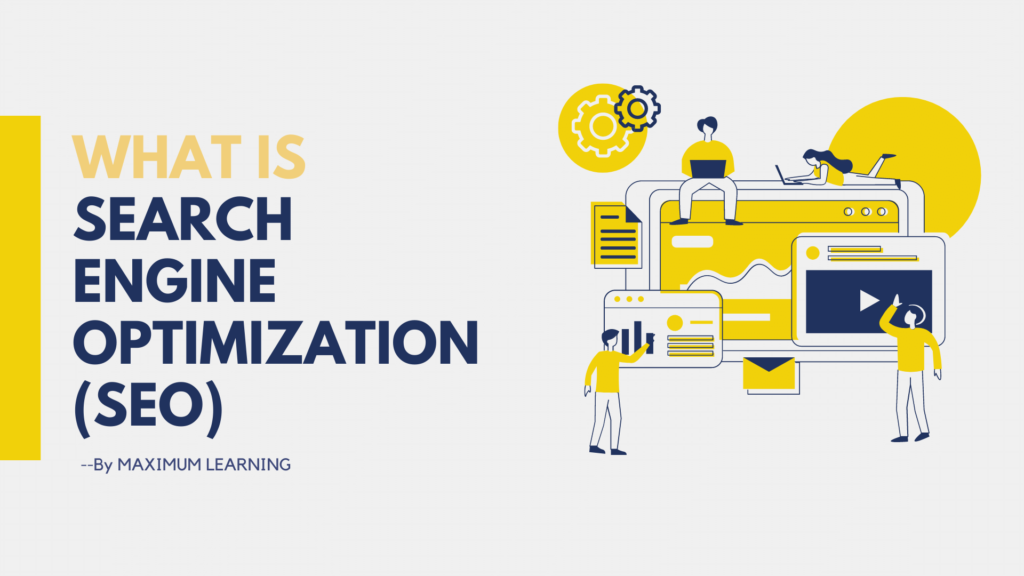In today’s digitally-driven world, understanding user behavior and making data-driven decisions are paramount for any successful business. Google Analytics stands as a pivotal tool, empowering businesses to delve into comprehensive data analytics, gaining invaluable insights into user interactions on websites and applications. By leveraging this platform effectively, businesses can make informed decisions, optimize performance, and enhance user experiences.
Introduction to Google Analytics
Google Analytics serves as a robust web analytics service, offering a plethora of features to track and analyze website traffic. From basic visitor counts to complex user behavior analysis, it provides a wide array of metrics, helping businesses understand how users engage with their online content.
At its core, Google Analytics enables the collection and measurement of data related to website traffic. This encompasses fundamental metrics such as the number of visitors, their geographic locations, the devices they use, and the sources that led them to the site (like search engines, social media platforms, or referral links).
However, its capabilities extend far beyond simple visitor counts. One of its most valuable functions is the ability to delve into sophisticated analyses of user behavior. It tracks and presents metrics like page views, session durations, bounce rates (which indicate the percentage of visitors who leave the site without interacting further), and conversion rates (highlighting the percentage of visitors who complete a desired action, such as making a purchase or signing up for a newsletter).
Moreover, Google Analytics allows for a deeper exploration of user journeys through the website or app. It visualizes these paths, revealing how users navigate from one page to another, where they drop off, and where they spend the most time. This information is invaluable for identifying potential bottlenecks or areas for improvement in the user experience.
By offering such comprehensive insights, Google Analytics empowers businesses to understand not only how many visitors their site attracts but also how these visitors engage with the content. This knowledge is crucial for optimizing website design, content strategy, and marketing efforts to better cater to the preferences and behaviors of their target audience. Ultimately, this data-driven approach enables businesses to make informed decisions and enhance their online presence for improved performance and success.
Key Features of Google Analytics
1. Traffic Sources Analysis:
- Traffic sources analysis in Google Analytics refers to the process of identifying and understanding where the visitors to a website or application originate from. This information is crucial as it sheds light on the various channels through which users discover and access the site. By discerning these traffic sources, businesses can evaluate the effectiveness of their marketing strategies and allocate resources more efficiently.
2. User Behavior Analysis:
- User behavior analysis is a crucial aspect of understanding how visitors interact with a website. By closely examining various metrics such as page views, session duration, bounce rates, and conversions, businesses can gain valuable insights into user preferences, habits, and overall engagement levels. This information is instrumental in optimizing both the content and layout of a website to create a more user-friendly and effective digital experience.
3. Goal Tracking:
- Goal tracking is an integral part of a robust analytics strategy. By defining and monitoring specific objectives, like sign-ups or purchases, businesses gain clarity on user behavior and the effectiveness of their digital efforts. This actionable data enables continuous refinement of marketing strategies, user experiences, and overall website optimization, fostering a cycle of improvement and ensuring that resources are directed toward initiatives that drive tangible success in alignment with organizational objectives.
4. Custom Reports and Dashboards:
- Custom reports and dashboards play a pivotal role in data interpretation. By tailoring these tools to include specific metrics and visualizations, businesses gain a clearer understanding of relevant data points aligned with their unique goals. This personalized approach enables efficient decision-making, as stakeholders can quickly access and analyze the most pertinent information, fostering a more streamlined and effective data-driven decision-making process. Customization ensures that insights are presented in a digestible format, empowering teams to act on the most critical aspects of their performance metrics.
5. E-commerce Tracking:
- E-commerce tracking is indispensable for online businesses, providing a comprehensive view of sales performance, transaction details, and product analytics. By scrutinizing this data, businesses can make informed decisions about inventory management, marketing strategies, and user experience enhancements. Understanding customer behavior, such as popular products and conversion rates, empowers e-commerce platforms to optimize their offerings and marketing efforts, driving increased revenue and fostering a more tailored and satisfying shopping experience for their customers.
Leveraging Data for Actionable Insights
1. Defining Key Performance Indicators (KPIs):
- Defining Key Performance Indicators (KPIs) is foundational for a successful analytics strategy. Begin by identifying and prioritizing KPIs that directly align with your business objectives. Whether the focus is on increasing conversion rates, reducing bounce rates, or boosting sales, having clear and measurable KPIs provides a roadmap for effective analytics. These metrics serve as benchmarks, guiding ongoing efforts and ensuring that analytical insights contribute directly to achieving organizational goals.
2. Segmentation for Targeted Analysis:
- Segmentation is a powerful analytical approach. By categorizing your audience based on demographics, behavior, or acquisition channels, businesses gain nuanced insights. Analyzing the performance of each segment provides a detailed understanding of specific customer groups. This targeted analysis informs personalized marketing and content strategies, allowing businesses to tailor their approaches to meet the unique needs and preferences of different segments, ultimately enhancing overall engagement and satisfaction.
3. Behavior Flow Analysis:
- Behavior Flow Analysis is instrumental in optimizing user experiences. By comprehending how users navigate a website or app through Behavior Flow charts, businesses can pinpoint bottlenecks and identify areas for improvement in user journey paths. This insightful analysis empowers organizations to streamline navigation, enhance page transitions, and ultimately create a more seamless and satisfying user experience, contributing to increased engagement and achievement of conversion goals.
4. A/B Testing and Experimentation:
- Leverage Google Analytics’ capabilities for A/B testing and experimentation. This involves comparing different versions of web pages or app interfaces to discern user preferences. The insights gained from A/B testing enable data-backed decisions, revealing which design elements or content variations resonate best with your audience. This iterative process empowers businesses to optimize their digital assets, enhance user engagement, and refine strategies based on concrete performance metrics.
5. Continuous Monitoring and Iteration:
- Continuous monitoring and iteration are vital components of a dynamic analytics strategy. Regularly tracking performance metrics allows businesses to stay agile and responsive to changes in user behavior and market trends. This iterative approach ensures that strategies are refined based on up-to-date insights, fostering continuous improvement. By adapting to evolving user preferences, businesses can maintain a competitive edge and consistently enhance the effectiveness of their digital initiatives.
Best Practices for Effective Use
1. Regular Reporting and Analysis:
- Regular reporting and analysis are foundational to maintaining a data-driven approach in any business strategy. Establishing a routine for analyzing reports ensures that stakeholders are consistently informed about the performance of key metrics and KPIs. This process involves systematically reviewing data on a regular basis, whether it’s weekly, monthly, or according to a customized reporting schedule.
2. Data Accuracy and Configuration:
- Data accuracy and configuration are paramount in utilizing Google Analytics effectively. Ensuring the proper setup and configuration of Google Analytics is the foundation for tracking accurate data. Regular audits and refinements of settings, such as filters, goals, and tracking codes, are essential to maintaining data integrity. This meticulous approach guarantees that the insights derived from analytics are reliable, enabling businesses to make informed decisions based on accurate and trustworthy information.
3. Integration with Other Tools:
- Integration with other tools is essential for a holistic understanding of digital performance. By integrating Google Analytics with platforms such as Google Ads or CRM systems, businesses can gather comprehensive insights across multiple channels. This synergy provides a unified view of user interactions, allowing for more informed decision-making, personalized marketing strategies, and a seamless flow of data across various facets of the business.
4. Data Privacy and Compliance:
- Data privacy and compliance are paramount considerations in the digital landscape. Businesses must adhere to data privacy regulations and implement necessary measures to safeguard user information. This involves adopting robust security protocols, obtaining explicit user consent, and ensuring compliance with relevant laws such as GDPR or CCPA. By prioritizing data privacy, businesses build trust with their audience, mitigate risks associated with data breaches, and demonstrate a commitment to ethical and legal standards in the handling of user information.
Google Analytics is an indispensable tool for businesses aiming to make data-driven decisions and optimize their online presence. By harnessing its features effectively, understanding key metrics, and translating data into actionable insights, businesses can stay agile, make informed choices, and drive meaningful improvements in their digital strategies. Regular analysis, continuous refinement, and a keen eye for emerging trends are crucial for maximizing the potential of Google Analytics in driving business success.




